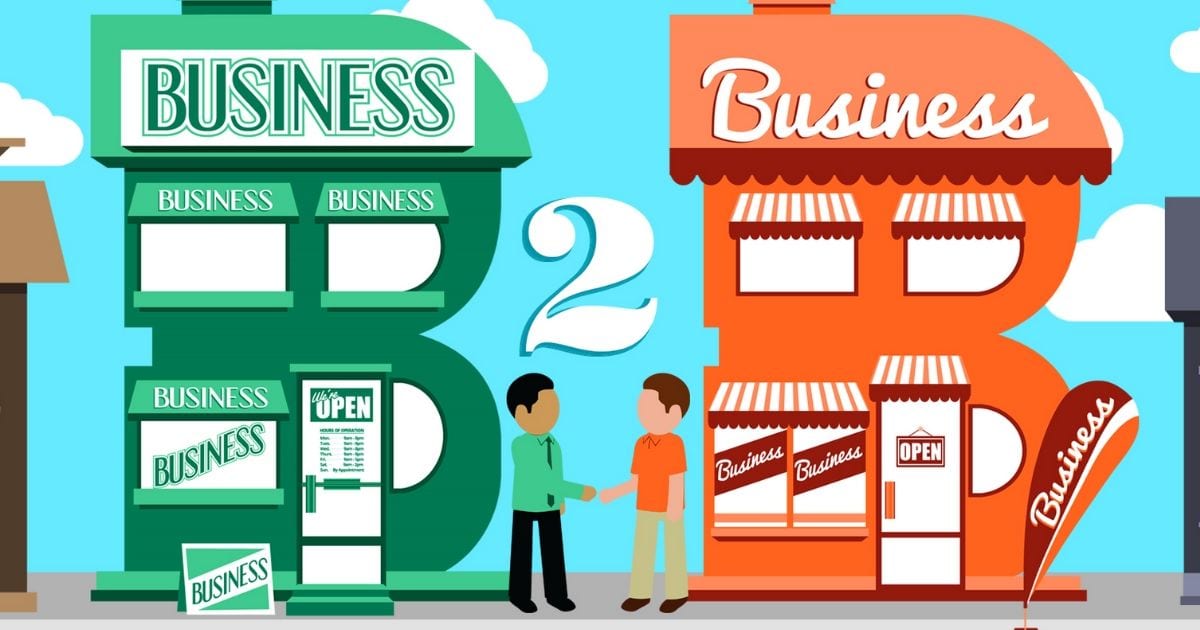09 February 2025
B2B MARKETING NEEDS THE "VENOM" OF A SNAKE AND THE "LONGEVITY" OF A DRAGON
Why Snakes Are the Perfect Symbol for B2B Marketing?
As we step into 2025 – the Year of the Snake, we can learn a lot from this creature and apply its traits to B2B marketing strategies. Snakes are renowned for their precise hunting skills, patience, and agility, boasting a success rate of up to 70%—far higher than lions (30%) and tigers (10%). Additionally, their resilience in ecosystems reflects stability and continuous adaptation—crucial qualities in the B2B market.
Based on these characteristics, B2B marketing in 2025 should combine the "venom" of the snake—precision in targeting—with the "longevity" of the dragon—sustainable growth and development. Here are six snake-inspired B2B marketing strategies:
-
Strategic Ambush
-
Venomous Strike
-
Cobra Head-Raising
-
Laying Eggs in Another’s Nest
-
Slow Constriction
-
Shedding Skin for Renewal
Part 1: Strategic Ambush – The First Strategy in B2B Marketing
What makes snakes stand out in the natural world? It is their "Strategic Ambush" tactic.
In B2B marketing, this approach aligns with Account-Based Marketing (ABM)—a selective method that focuses on high-value prospects and optimizes every engagement step for maximum efficiency.
1. What is Account-Based Marketing (ABM)?
🐍 Snake Behavior: Observes prey carefully, identifies high-value targets, and only strikes when success is assured.
🎯 ABM Strategy: Focuses on key accounts—large and most suitable clients with high profitability potential—customizes marketing content, and optimizes resources for the best results.
Core Principles of ABM:
-
Identify the right target accounts
-
Personalization at scale
-
Sales-Marketing alignment
Source: Internet
2. Strategic Ambush Tactics in ABM
2.1. Targeting the Right Prey – Strategic Targeting
🐍 Snake Behavior: Snakes do not hunt indiscriminately but focus on prey with high nutritional value to optimize energy use.
🎯 B2B Strategy: Identify top-tier prospects—companies with high contract value—and allocate resources effectively to engage them.
- Real-World Examples:
-
Salesforce targets major corporations like Coca-Cola, Amazon, and Adidas instead of small businesses. By using personalized ABM campaigns, Salesforce increased conversion rates by 35% and raised the average contract value by 50%.
-
IBM employs ABM to engage large financial institutions, personalizing campaigns for C-level executives, resulting in a 70% increase in sales opportunities.
- Tactics:
-
Use firmographics, technographics, and intent data to identify high-value prospects.
-
Develop an Ideal Customer Profile (ICP) to filter out the best-fit customers.
-
Apply AI and machine learning to predict purchase intent.
2.2. Striking at Weak Points – Personalization at Scale
🐍 Snake Behavior: When attacking, snakes target their prey’s weak points for a swift takedown.
🎯 B2B Strategy: Craft marketing content tailored to each prospect, directly addressing their pain points.
- Real-World Examples:
-
Adobe personalizes email campaigns for decision-makers—CFOs receive cost-efficiency insights, while CMOs get content on campaign optimization. This approach boosted response rates by 20% and conversion rates by 30%.
-
DocuSign creates industry-specific blogs, whitepapers, and webinars, leading to a 40% increase in B2B revenue.
 Source: Internet
Source: Internet
- Tactics:
-
Develop content tailored to industries, job roles, and client challenges.
-
Create dedicated landing pages for key customer segments.
-
Use dynamic content to personalize emails and ads.
2.3. Multi-Angle Ambush – Multi-Channel Orchestration
🐍 Snake Behavior: Snakes often surround their prey, using camouflage and speed to ensure a successful hunt.
🎯 B2B Strategy: ABM should integrate multiple channels—websites, email, LinkedIn, display ads, webinars, and direct outreach.
- Real-World Examples:
-
LinkedIn & HubSpot run ABM ads on LinkedIn, followed by personalized emails and webinars to nurture leads. This strategy reduced cost-per-lead by 20% and improved conversion rates by 40%.
-
SAP organizes exclusive VIP events for major accounts while running display ad campaigns targeting senior decision-makers.
- Tactics:
-
Combine email, LinkedIn, Google Ads, and webinars for consistent engagement.
-
Use account-based retargeting to track prospects across platforms.
-
Host exclusive events tailored to key customer segments.
2.4. Coordinated Constriction – Sales & Marketing Alignment
🐍 Snake Behavior: Snakes use their entire body to constrict prey, relying on full coordination.
🎯 B2B Strategy: Sales and marketing teams must work in unison, from identifying targets to executing outreach and closing deals.
Real-World Examples:
-
Microsoft implements a "One Team ABM" model where sales and marketing collaborate on major accounts, increasing deal closure rates by 60%.
Source: Luu Quy
-
Oracle structures dedicated ABM pods, integrating sales, marketing, and customer success teams to optimize the entire customer journey.
- Tactics:
-
Hold regular sales-marketing meetings to align objectives.
-
Use CRM and marketing automation tools to synchronize data and workflows.
-
Implement lead scoring to prioritize high-potential accounts.
3. Benefits of ABM
- Higher Conversion Rates: ABM can improve deal closure rates by up to 60%.
- Resource Optimization: Focuses on high-value clients, reducing marketing waste.
- Shortened Sales Cycles: Engages decision-makers with precise messaging, accelerating deal closures.
- Stronger Customer Relationships: Enhances customer lifetime value (CLV).
4. Challenges of ABM Implementation
- High Costs: Requires investment in data, technology, and personnel.
- Coordination Needs: Sales and marketing must work closely together.
- Scalability Issues: Works best for enterprises but is challenging to scale.
5. Conclusion: Precision Strikes at the Right Time
The "Strategic Ambush" approach in B2B marketing is not just about targeting; it involves meticulous observation, strategic planning, and executing precise strikes on the most valuable clients.
Key questions to consider:
- Are you "ambushing" the largest potential clients effectively?
- Is your outreach strategy personalized enough to address your customers' pain points?
- Are your sales and marketing teams aligned tightly enough for maximum impact?
In the next section, we will explore the second strategy: "Venom Spray" – a powerful approach to making an impact in B2B Marketing. Stay tuned! 🚀


.jpg)
